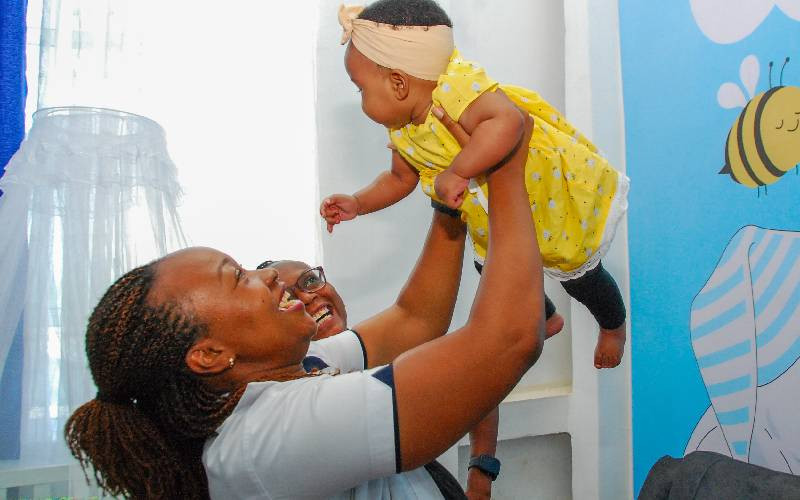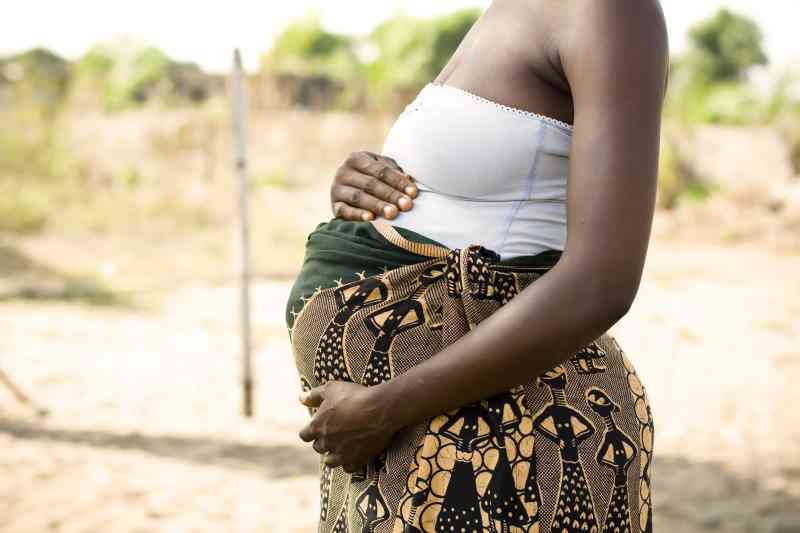
Kenya has recorded a drop in fertility rate over the years according to the 2022 Kenya Demographic and Health Survey (2022 KDHS), with the population growth rate declining.
The country's population growth rate has declined from 3.4 per cent recorded in 2014 to 2.2 per cent in 2022. In the report released yesterday by the Kenya National Bureau of Statistics (KNBS) in conjunction with the Ministry of Health, the country's fertility rate stands at 3.4 children, a drop from 3.9, in 2014.
"The wanted fertility rate is 2.9 children per woman, while the total fertility rate is 3.4 children per woman," reads a section of the survey.
Overall, 47 per cent of currently married women and 57 per cent of current married men want to have another child, whereas 17 per cent of women and 20 per cent of men want to have another child soon.
About 30 per cent of women and 37 per cent of men want to wait at least two years before having another child.
Half of the currently married women living in rural areas and 38 per cent of those living in urban areas do not want to have more children. Among married women with six or more children and no formal education, 49 per cent do not want to have any more children. At least 84 per cent of married women with primary education and 92 per cent of women with secondary education do not want any more children.
Family planning
- Pharmacists to offer self-injectable contraceptives in a major access boost
- Silent struggle as women shift from traditional to modern family planning
- How goat feasts turn Maasai men into trusted family planning champions
- Unpacking male contraception: Why men should embrace family planning
Keep Reading
Counties with the lowest fertility rates include Nairobi City (2.6), Nyamira (2.7), Machakos (2.8), Kirinyaga (2.8), Mombasa (2.9) and Kiambu (2.9). Mandera, West Pokot, Wajir and Marsabit have the highest fertility rates at 7.7 per cent, 6.9 per cent. 6.8 per cent and 6.3 per cent, respectively.
Family planning among women between the ages of 15 to 49 years also increased over time from 18 per cent in 1989 to 32 per cent in 2003, to 57 per cent in 2022. The number of married using any method of family planning stands at 63 per cent, against 70 per cent of sexually active, unmarried women.
The common modern family planning methods applied include injectables, male condoms, pills, implants, pills, injectable drug users (IDU), female sterilisation and traditional methods. The use of modern contraceptive methods among married women increases from 16 per cent among women with no living children to 65 per cent among women with three to four living children.
The level of education determines the usage of contraceptives.
For instance, use among those without education stands at 25 per cent, whereas for those with more than secondary education is at 68 per cent.
The report noted the high use of implants in sexually active unmarried women in rural areas, which stood at 16 per cent and seven per cent in urban areas.
 The Standard Group Plc is a multi-media organization with investments in media
platforms spanning newspaper print
operations, television, radio broadcasting, digital and online services. The
Standard Group is recognized as a
leading multi-media house in Kenya with a key influence in matters of national
and international interest.
The Standard Group Plc is a multi-media organization with investments in media
platforms spanning newspaper print
operations, television, radio broadcasting, digital and online services. The
Standard Group is recognized as a
leading multi-media house in Kenya with a key influence in matters of national
and international interest.











